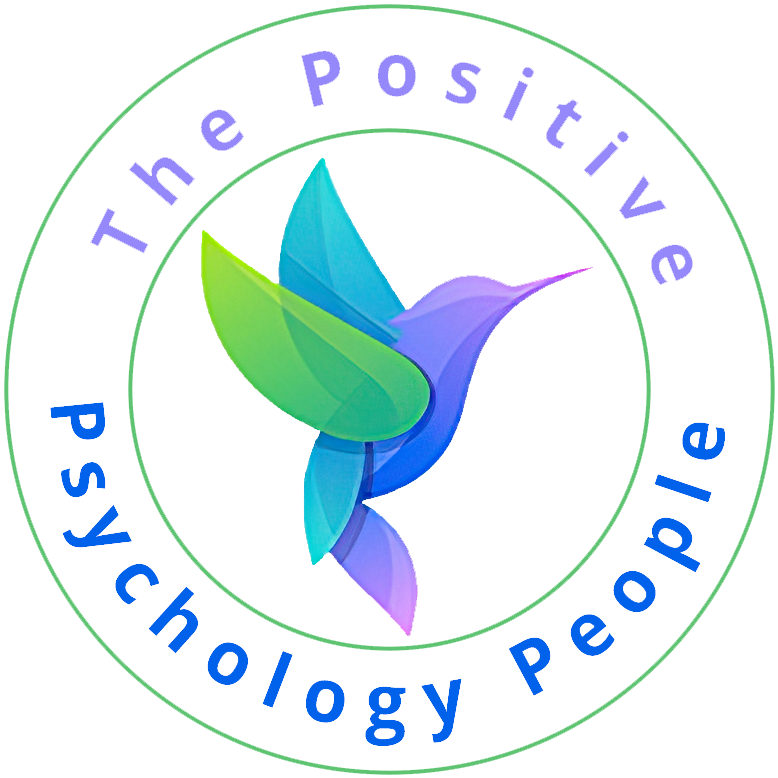The expectation of harm
Anxiety is the expectation of harm- not a conscious expectation but the flow of electricity into an old circuit that prepares it for action. We can relieve anxiety by learning to re-route that flow into a new circuit.
Expectations are the core of our brain’s strategy for making sense of the world. Your brain is constantly generating an expectation and then comparing new inputs to it. When reality matches the expectation, a nice dopamine squirt is released and you move on to the next expectation. If a mismatch is perceived, a cortisol squirt provokes closer inspection. This cortisol is the root of anxiety.
An unpredictable world
Here’s a very simple example: if there’s a hole in the street ahead of me I can navigate it easily if I see it. If I don’t see it, I end up with a huge jolt of cortisol. Expecting the street to be flat brings distress when it doesn’t fit the facts. Cortisol paves neural pathways that alter my expectations in the future. This is the brain’s algorithm for meeting its needs and avoiding harm in a world that is not perfectly predictable.
Dopamine rewards
Flawed expectations can rest on positive experience as well as negative experience. For example, on a recent trip to the beach, a friend showed me her lucky vending machine. That machine had given her TWO juices instead of one when she was vacationing there at age seven. After that, the vending machine was the first place her family went when they returned to the beach on their annual vacation. When the world exceeds your expectations, a big surge of dopamine paves a big neural pathway. This is how the brain wires itself to find rewards.
Realistic expectations
From this perspective, it’s easy to see how anxiety can be reduced by adjusting expectations. This means more than just lowering expectations to avoid disappointment, because lower expectations can be flawed too. For example, if I expect holes everywhere, my ability to navigate is impaired when there’s no hole. Realistic expectations serve us best. Adjusting expectations is our best navigation tool.
But expectations are surprisingly resistant to adjustment. Expectations are real physical pathways in the brain. Past experience built these pathways but new experience does not easily modify them. This has adaptive value: we don’t need to touch fire twice. We evolved to wire ourselves for a world of physical constants, not to alter our wiring with each new sensation. Fortunately, we do have some power over our wiring. It’s hard to find, so let’s track it down.
Repetition and emotion
An expectation is the activation of a neural pathway by an internal flow of electricity rather than by an external input relayed through the senses. Electricity flows where a path has been developed by experience: emotional experience, repeated experience and early (peak-myelin) experience. Some neural pathways become superhighways thanks to repeated early emotional experiences. Once my peak myelin years are over, I have to rely on repetition and emotion to build new pathways. Emotion works fast, but it’s quite limiting. If I rely on emotion, my expectations will only develop when I fall into holes or get lucky at vending machines. That leaves repetition.
Building new pathways
Few people love the idea that repetition is their best tool. No one wants to repeat an unpleasant behavior on the assumption that it will eventually start to feel better. It helps to know that our old expectations were built by the random collection of experiences we had during our myelin years. There’s nothing superior or enlightened about our old impulses, even though the effortless flow of electricity makes it feel that way. We can re-wire our expectations by feeding our brain with a different choice of experience, repeatedly. Anyone can build a new pathway through the simple act of repeating a new behavior. Anyone can enjoy the peace of a new expectation by giving their electricity a new place to flow. Designing a new behavior and repeating it persistently may not be a person’s natural response to anxiety. It’s easier to do this when a person understands their old circuits and their power to build new ones.
We humans are born with billions of neurons but very few connections between them. Some neurons build super connections while others get pruned away. But we still have billions of extra neurons waiting for us to build something new with them. Instead of mourning disappointed expectations, we can focus on building new ones.
About the author: Loretta Breuning, PhD, is Professor Emerita of Management at California State University, and author of Habits of a Happy Brain: Retrain your brain to boost your serotonin, dopamine, oxytocin and endorphin. She’s Founder of the Inner Mammal Institute ( InnerMammalInstitute.org), which offers resources to help train your mammal brain for more happy chemicals.

